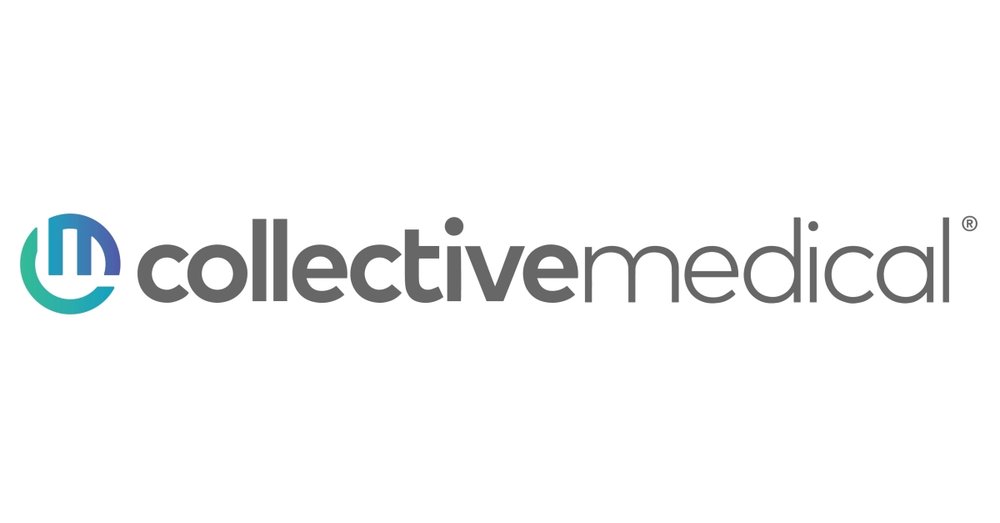U.S. maternal mortality rate is the highest in the developed world, and that needs to change.
From medical discoveries to providing world class quality health care, the U.S. has been a long-standing global leader of medical innovations. But for all of our exciting breakthroughs and triumphs, there’s one area that we’ve actually gotten worse at: maternal health.
The U.S. has the highest maternal mortality rate in the developed world and, according to the CDC, that rate has actually more than doubled since the late 1980s. That means women today are far more likely to die in childbirth than their mothers were. Similarly, severe maternal morbidity affects 50,000 women in the U.S. every year.
Those statistics are truly shocking, considering that in the past few decades, healthcare has made groundbreaking discoveries that have altered the course of our medical history. Since the 1980s, there is now a treatment for HIV, we’ve created artificial hearts, robots are used in some surgeries, and health IT has revolutionized how doctors interact with their patients.
And yet, somehow, we’ve gotten worse at something that effects half the population and has been consistently happening for 200,000 years! If we don’t do something to address this serious problem, the medical community is doing a huge disservice to both mothers and their babies.
Plan for complications
The issue of maternal mortality is complex because it effects so many different demographics of women. As a nurse, I worked at a hospital in the Bronx and at Cornell. Demographically, the two were very different, but both were high risk labor and delivery units.
Our system is not set up for complications, but there are tons of complications when having a child. And no group is truly safe from maternal morbidity’s indiscriminate reach. Regularly monitoring a mother’s condition, before and after birth, is critical to identifying complications early and addressing them quickly. But regular check-ups can be very difficult for expecting mothers to navigate.
One of the biggest issues in maternal health is that there are vast areas in the US that geographically lack regular access to OBGYNs. To receive prenatal care from a specialist, women in rural areas need to travel a long way—sometimes two to three hours. And if that kind of regular travel isn’t feasible (and in a lot of cases, it’s not), these women receive their prenatal care from their primary care physician—if they receive it at all.
If and when there are complications, without proper prenatal care the mother is often unaware of the problem until labor. These women then are forced to travel to a specialist, hours away—who has no idea what her medical history is—in the middle of trying to guide her through a difficult labor.
Communication breakdown
In these situations, doctors do the best with what information they have. But even in situations where doctors have regular contact with their patient, they likely aren’t getting enough face time to determine if something might be subtly wrong.
Studies show that the average physician spends only 27 percent of their office day on direct clinical face time with patients. Nearly 50 percent of their time is spent on EHRs and administrative work. The average consultation time for a primary care doctor in the U.S. is only 20 minutes. When it comes to maternal health, 20 minutes is not enough time to completely ensure the health of not one, but two, patients. And research confirms shorter consultation times have been linked to poorer health outcomes for patients (and burnout for doctors).
It takes a village
So how do we fix this? How do we address the unique and diverse complexities of maternal mortality? The beginning of the solution lies in care coordination. Interoperability won’t eliminate complications from our system. But it will help care teams know when those complications are happening and arm them with the knowledge of how they can fix it.
To continue the example of areas that lack access to an OBGYN, what happens when there are complications, but every member of the care team is using care collaboration technology? When that expectant mother arrives at the specialist’s office—even if it’s two hours away—that specialist already knows exactly who she is, the most clinically relevant pieces of her care history and exactly what she needs. They’re prepared to respond to complications. And when the mother returns home to her regular doctor, pertinent information about the delivery can be shared to guide follow-up care for a smoother recovery.
Health IT adds tremendous value by automating critical—yet time consuming—administrative functions, so care teams can get back to practicing medicine. Instead of filtering through 120 pages of notes sent from the primary care provider’s office, care teams are sent a handful of high-value pieces of clinical information, and they can use this to collaborate with one another on behalf of the patient. This is exactly what providers need because it saves them time and allows them to render better, faster, more efficient care which, in and of itself, creates more capacity leading to improved outcomes for both mother and baby.
We have all the resources we need to start properly addressing and treating the most important medical event in women’s lives. It’s just a matter of starting before things get worse.
Amanda Duke is a former nurse and perinatal and women’s health consultant. She now serves as the RVP for Collective Medical.



